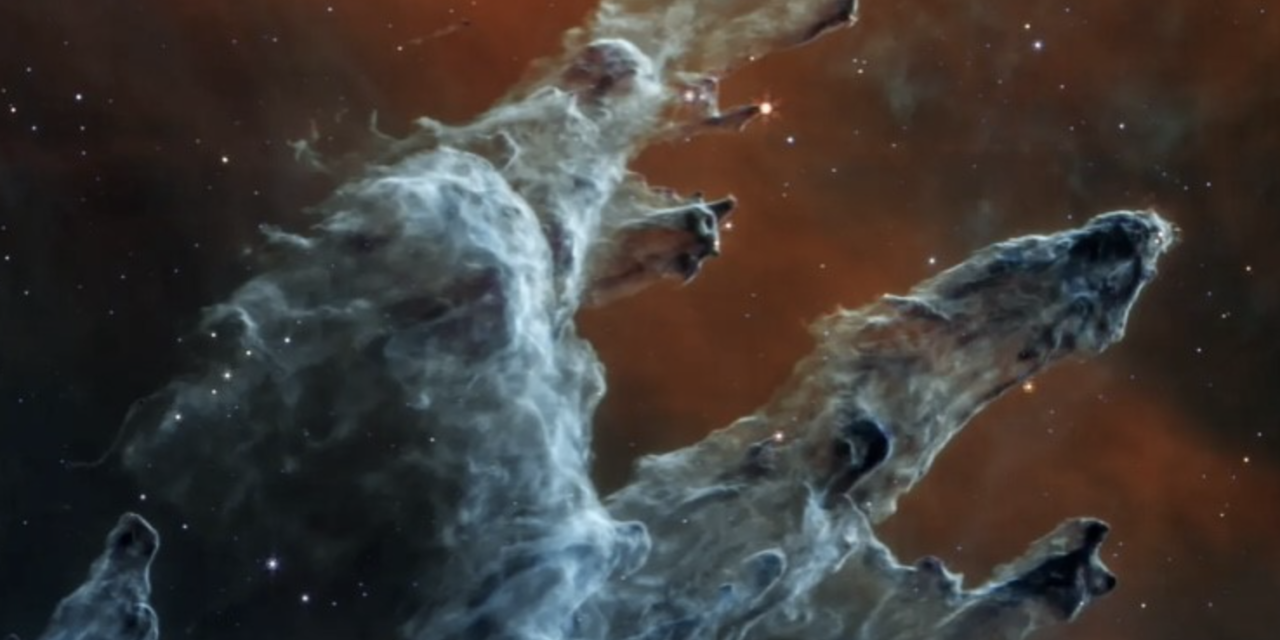Tuesday’s New York Times features remarkable and stunning new images taken from the James Webb Space Telescope, the ten-billion-dollar successor to the Hubble Telescope of a previous generation.
“So far it’s been eye candy from heaven,” Dennis Overbye writes. “The black vastness of space teeming with enigmatic, unfathomably distant blobs of light. Ghostly portraits of Neptune, Jupiter and other neighbors we thought we knew already.”
The piece mostly concentrates on the awe and wonder of scientists just digging into the early data and images.
What’s especially telling, though, is that the more the experts are learning from the Webb project, the less certain they seem to be of everything overall.
“Perhaps the biggest surprise from the Webb telescope so far involves events in the early millenniums of the universe,” Overbye notes. “Galaxies appear to have been forming, generating and nurturing stars faster than battle-tested cosmological models estimated.”
He then quotes Adam Riess, a Nobel Physics laureate and cosmologist from Johns Hopkins.
“How did galaxies get so old so fast?” he asks.
In recent years, we read and hear quite a bit about “settled science” – a phrase used to put down or shut up anyone who dares challenge academic assertions that almost always contradict God’s account. Instead, we’re told there’s no way that the biblical account of a six-day creation could be true. We’re told man came from some primordial ooze billions of years ago. It goes on and on.
Only evolution isn’t actually science at all. It’s a philosophical theory, and one that creates and generates more questions than answers.
The late Dr. Adrian Rogers, who pastored Bellevue Baptist Church in Memphis, Tenn., and who served on Focus on the Family’s board of directors for nearly a decade, once observed:
“Yes, there are times when science may disagree with the Bible. But given time, the scientists may catch up.”
He liked to cite an 1861 report that listed fifty-one scientific facts that supposedly proved the Bible was in error.
“Today, not one reputable scientist believes in these fifty-one ‘facts,’” he noted. “It isn’t the Bible that has changed; it is science that is catching up with the Word of God.”
As Christians, especially, it’s fascinating to see images like the ones coming forth from the Webb telescope only confirming the Scriptures, like this reference in the Psalms: “The heavens declare the glory of God, and the sky above proclaims His handiwork” (19:1).






